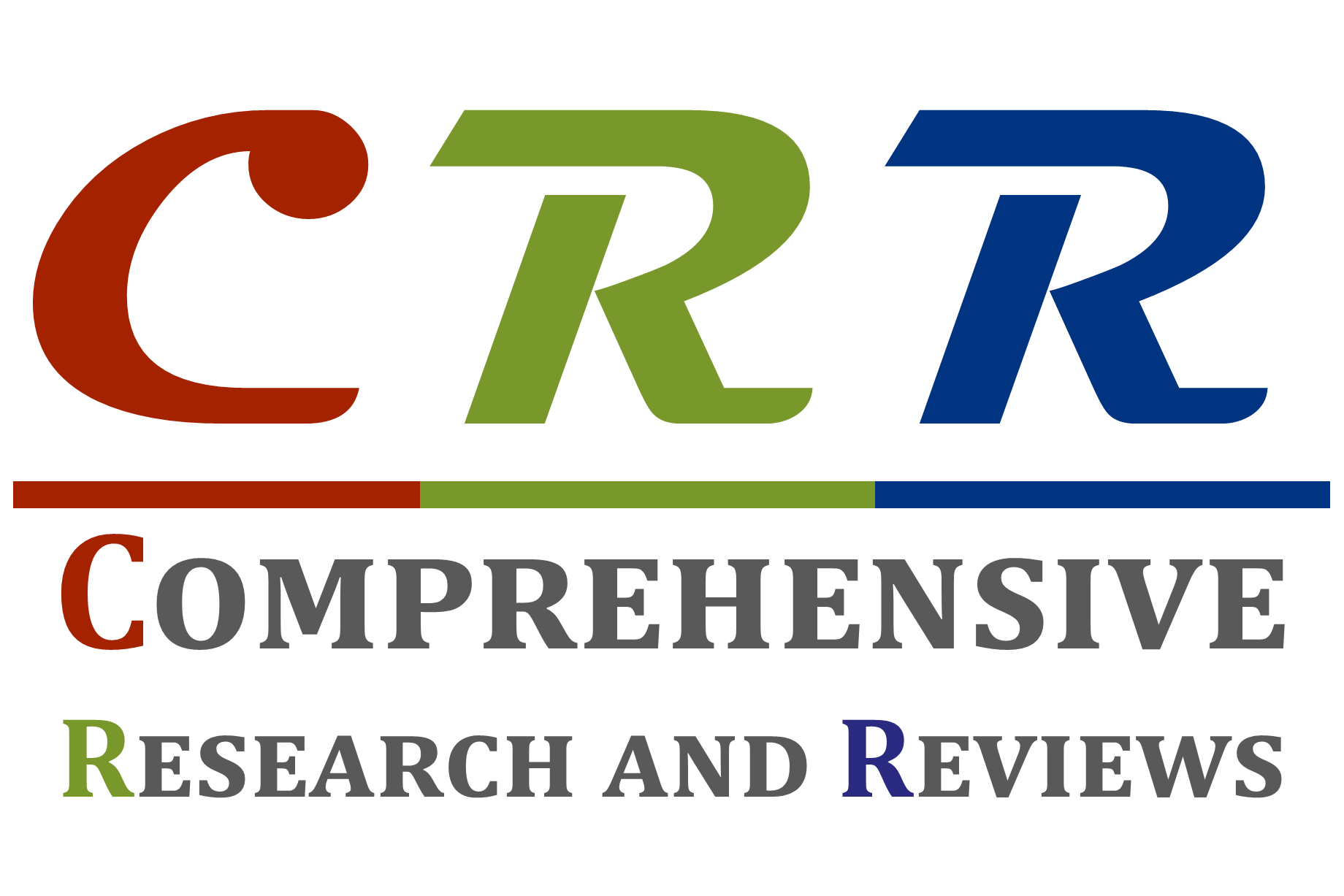Relationship between anthropometric indicators and cardiovascular reactivity in second-year students of the medicine career
Department of Basic Biomedical Sciences, Faculty of Medical Sciences of Sagua la Grande, University of Medical Sciences of Villa Clara, Cuba.
Research Article
Comprehensive Research and Reviews in Medicine and Dentistry, 2022, 01(01), 012-015.
Article DOI: 10.57219/crrmd.2022.1.1.0015
Publication history:
Received on 23 July 2022; revised on 25 August 2022; accepted on 28 August 2022
Abstract:
After years of controversy, cardiovascular hyper-reactivity has been proposed as a risk indicator for developing arterial hypertension. At the same time, anthropometric indicators associated with cardiovascular risk have also been proposed. The aim of this study was to characterize cardiovascular activity and reactivity and their relationship with anthropometric indicators in second-year medical students. A random sample of 33 second-year medical students between 19 and 20 years of age was taken. Anthropometric and other variables were studied to characterize cardiovascular activity and reactivity, determining the mean by sex and their respective correlations. Most individuals were normoreactive. There were no significant differences between the sexes or strong relationships between the variables, although the means were higher in the male sex and the greatest association was between mean arterial pressure and body mass index.
Keywords:
Cardiovascular Reactivity; Risk Indicator; Arterial Hypertension; Anthropometric indicators
Full text article in PDF:
Copyright information:
Copyright © 2022 Author(s) retain the copyright of this article. This article is published under the terms of the Creative Commons Attribution Liscense 4.0
